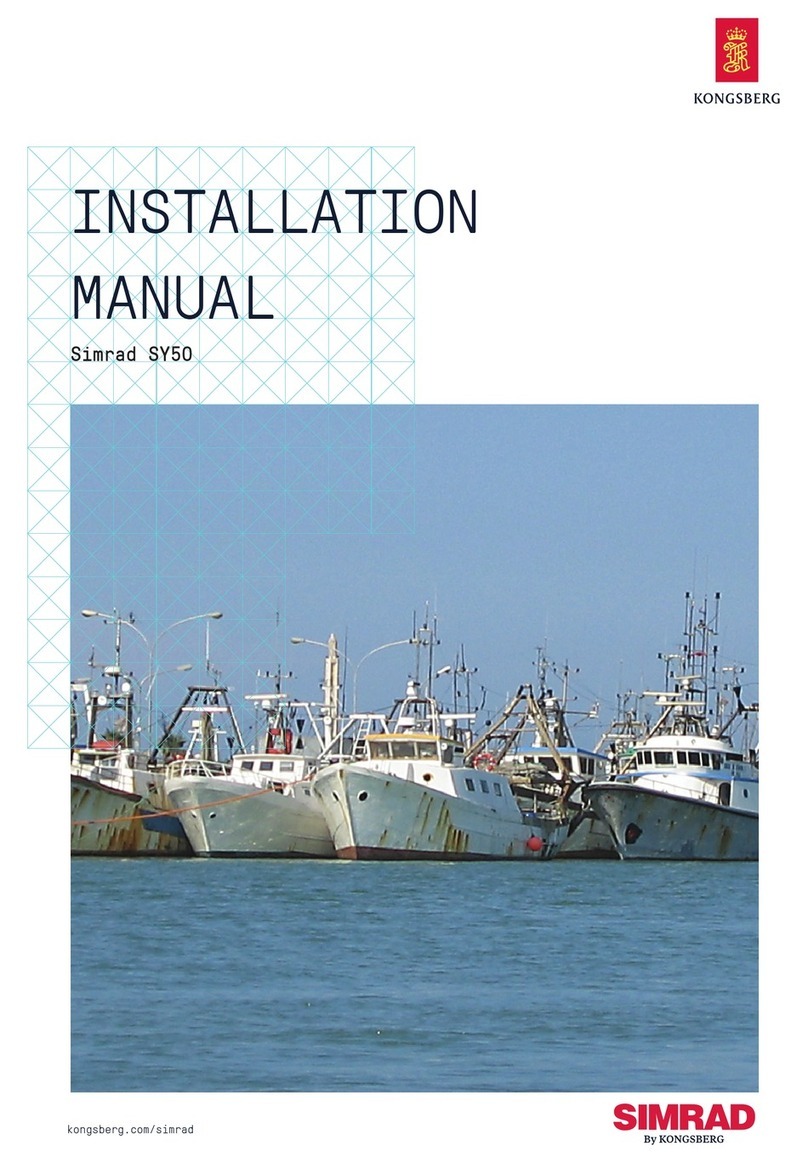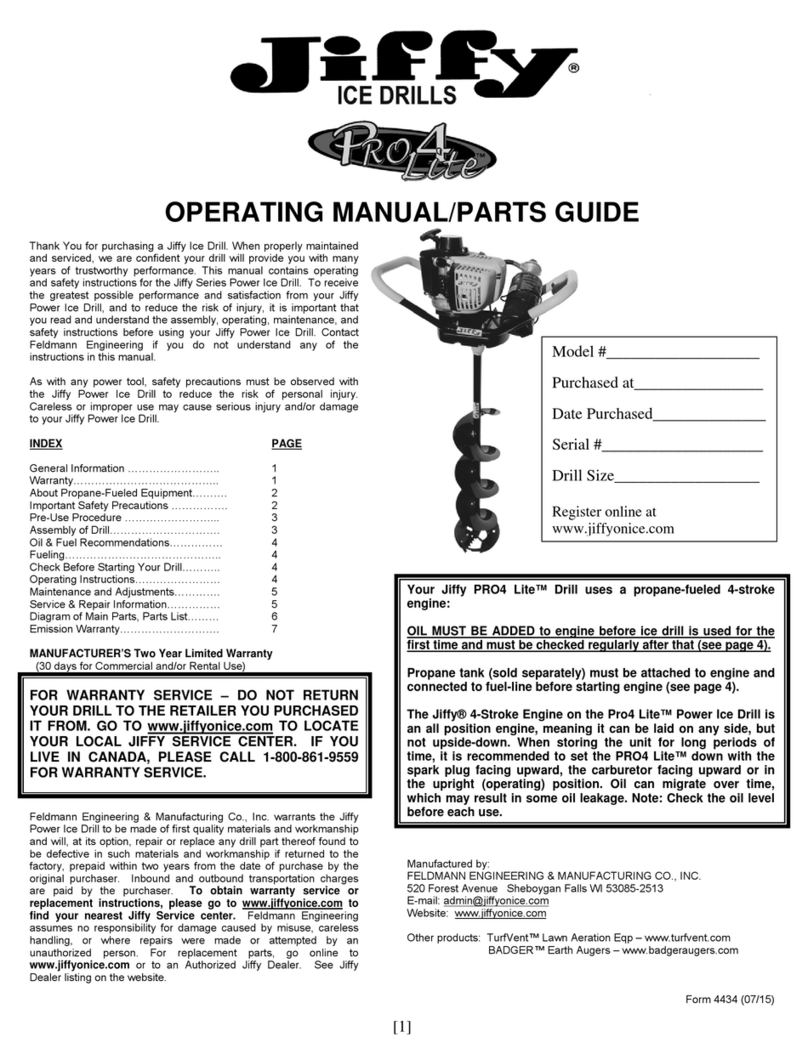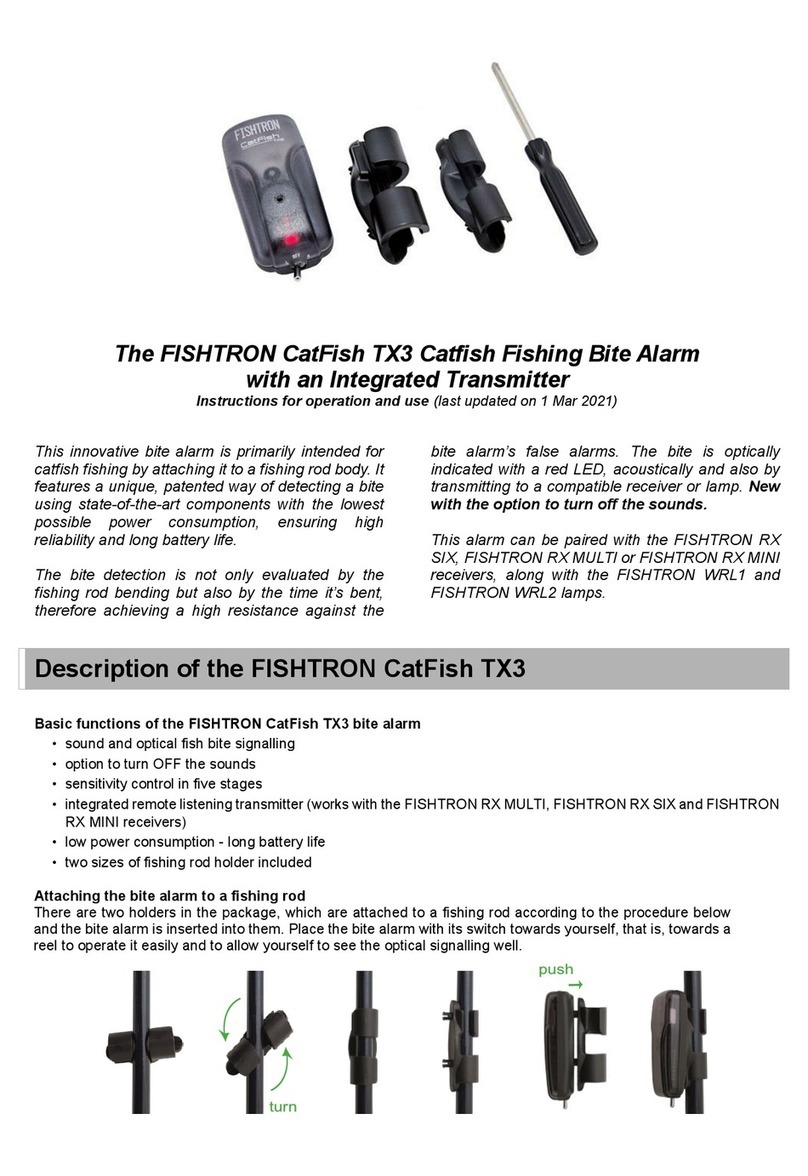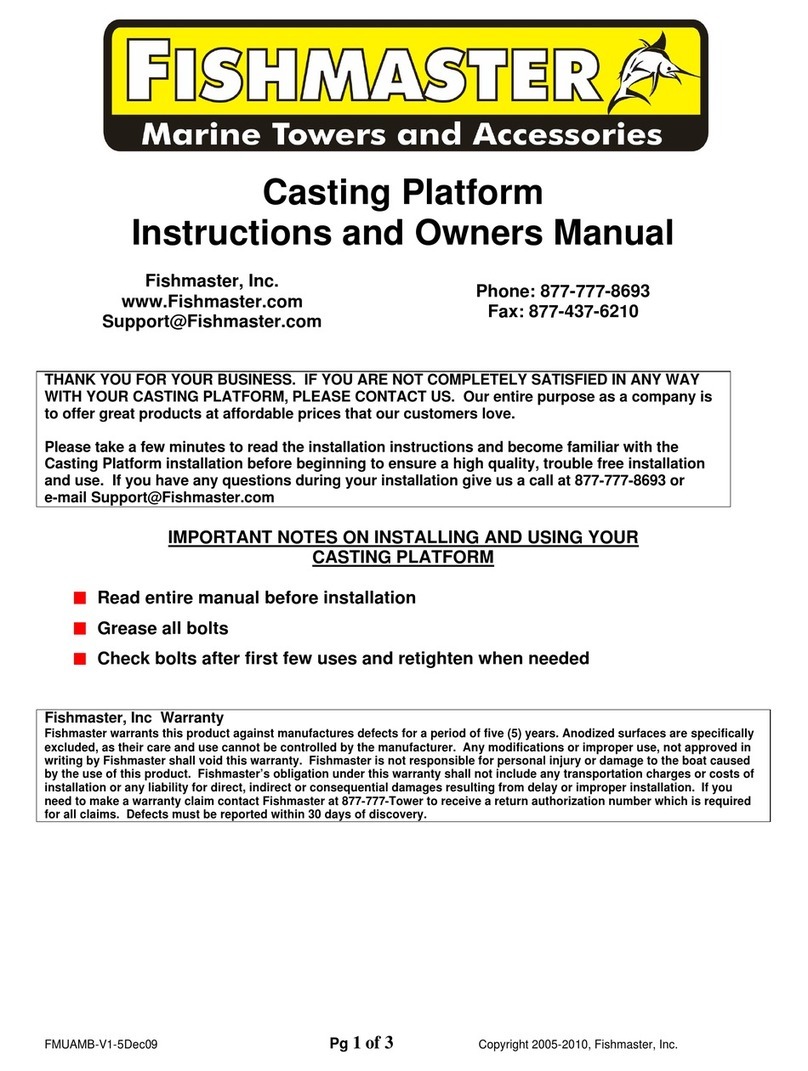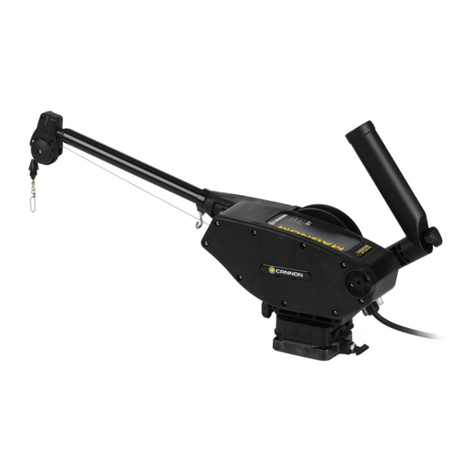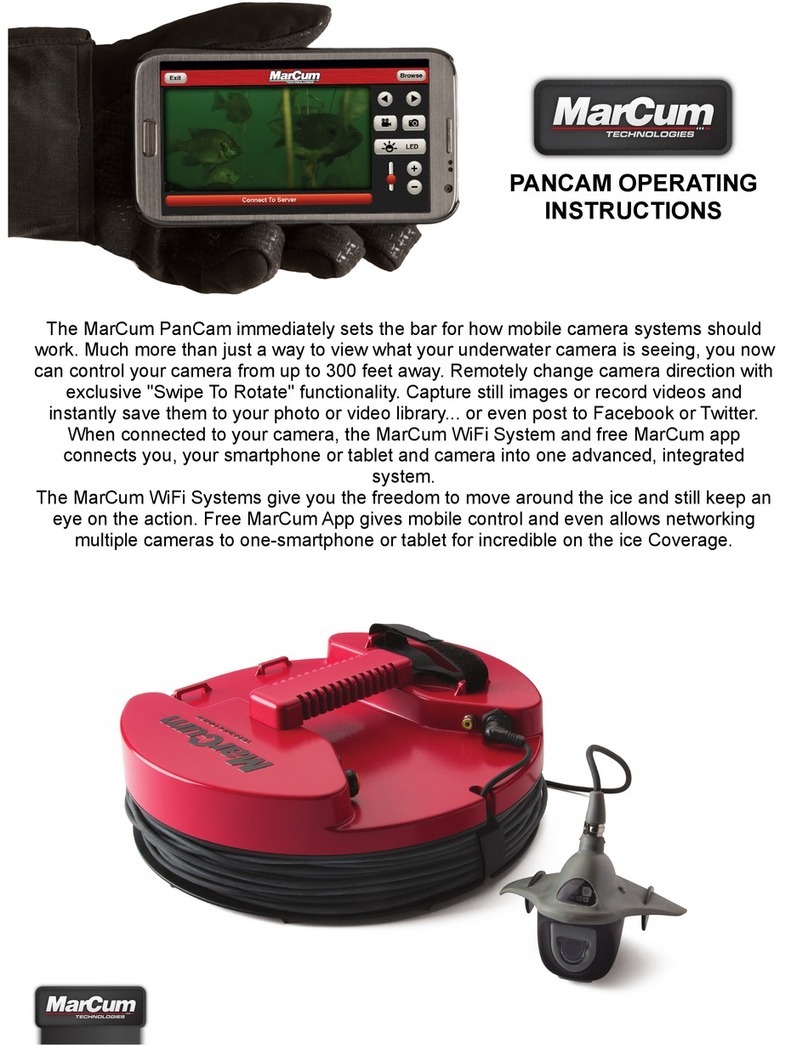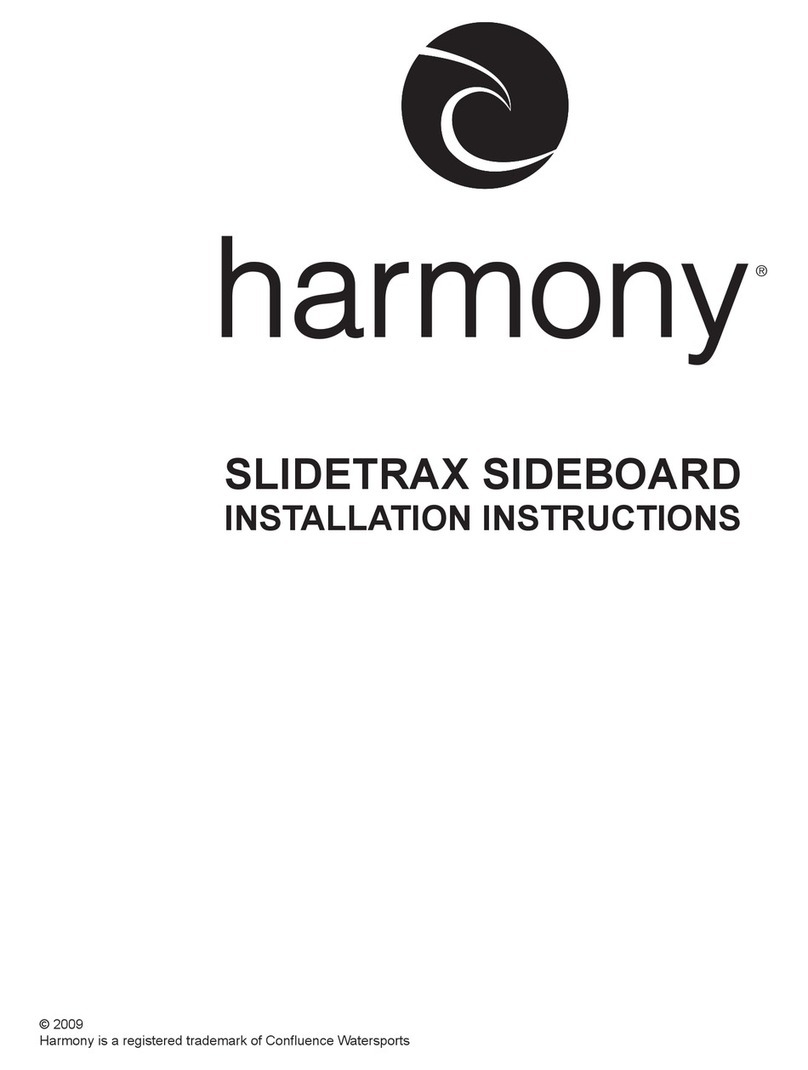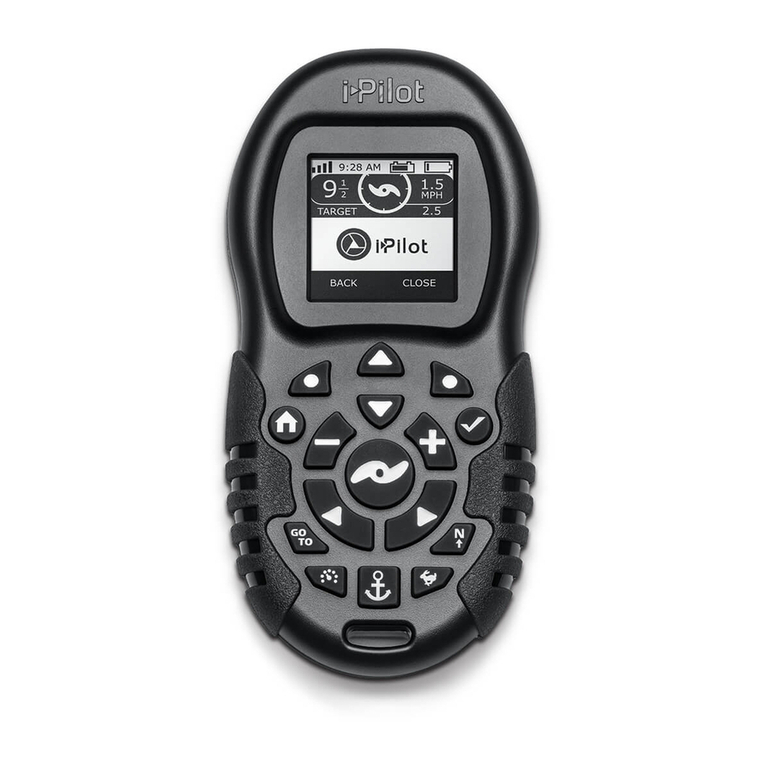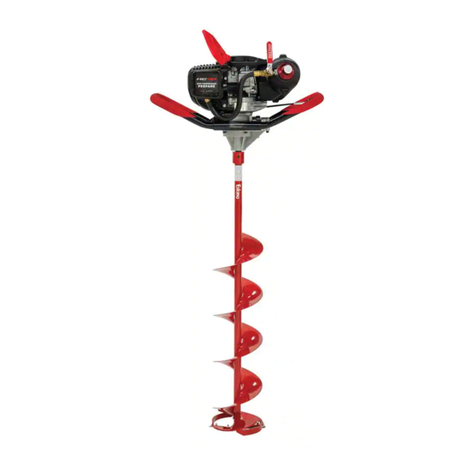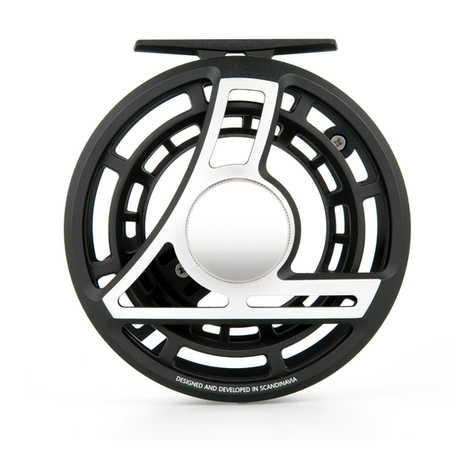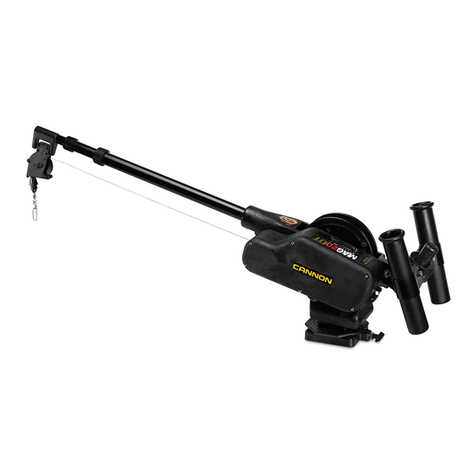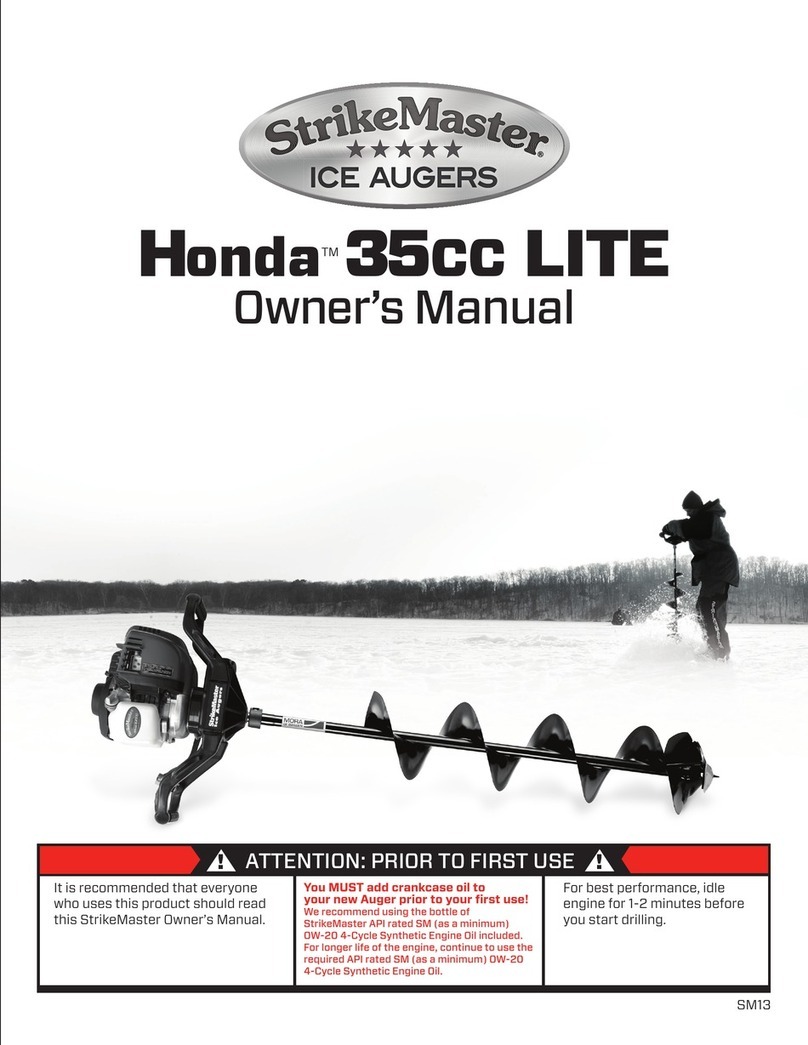
Firm pressure on thumb brake
holds the line securely in place.
As rod swings backwards, and
then forward, the thumb main-
tains this firm pressure.
When the rod tip nears the for-
ward limit, remove all pressure
on thumb brake. Practice makes
perfect. You’ll soon know exactly
when to release the line.
Retrieve according to the type of
lure or bait being used. Do not
hold down thumb brake when
reeling in line. It’s a good practice
after every few casts to apply
some tension to the line while
retrieving. This makes the line
tighter on the spool and makes
for better performance.
A properly set drag will save your
catch if you hook a real "fighter".
To tighten the drag, turn the star
drag clockwise. Turn it counter-
clockwise to loosen the drag.
Don’t set the drag too tight. A
fish could break the line when it
hits the bait or the lure.
Getting Ready to Fish
Run the line through the rod guides and tie on the bait or lure to the
swivel tackle. Reel in until bait or lure is hanging down a few inches
below the rod tip. Set the drag before each use.
Casting - Practice with the Casting Plug
•Depress and hold the thumb brake down to disengage the line for
casting.
•Hold the thumb brake down firmly during the back cast.
•Point the rod tip slightly above the target, then lift the rod back swift-
ly with the wrist and forearm - allowing the momentum of the lure to
flex the rod.
•Without hesitation, carry the cast back toward the target with a
quick accelerated forward action of the wrist and forearm.
•Release the thumb stop during the forward stroke to cast the line.
If you release the line too soon - It goes too high in the air.
If you release the line too late - The lure ends up right in front
of you and short of the target.
To help control the cast, many experts let the line run between the
thumb and index finger of their left hand to “feather” the line after the
lure is on its way to the target. Feathering allows pinpoint accuracy to
bring the line to a slow, gentle stop.
Line Retrieve
To retrieve, switch the rod to the left hand and turn the reel handle for-
ward with the right hand to engage the line pickup.
Playing the Fish
After a fish has been hooked, always keep a bend in the rod during
the fight by keeping the rod at an angle to the fish. When the fish is
not taking a lunge against the drag, we recommend using the rod to
“pump” the fish. Then quickly reel the line while lowering the rod tip
and prepare to “pump” again. Reel in between pumps. This technique
helps prevent overworking of the reel and it cushions the line against
shock. It also minimizes line tangle and twist caused by reeling in
against the drag or reeling slack line. Most importantly it lets you con-
centrate on catching fish.
Setting the Drag (before you fish)
The drag system allows line to be pulled from the reel
under tension without breaking when a fish strikes or
makes a quick run after being hooked. It also helps
prevent the fish from getting unhooked. The star drag
adjustment is conveniently located on the inside of the reel handle.
Turn the star clockwise to increase the drag tension on the line. Turn
the star counterclockwise to relieve tension. Set the drag by pulling
the line from the reel against a small fish hand scale. Adjust the drag
to one-third to one-half the rated strength of the fishing line.
•When a fish runs, only light tension should be used.
•Too much tension may cause the line to break.
A Few Lines About Line
Apply tension to the line while retrieving. Always maintain tension on
the line. Raise the rod to remove slack from the line. Let the line flow
Continued top of next column
Note: Just press down on
the thumb brake, reach
back as shown in this illus-
tration. Thrust forward
releasing the thumb brake
a moment just before you
finish the forward pitch.
Bait Tackle
Lure on Jig
between the thumb and index finger of the left hand before entering
the reel (during retrieval only). This minimizes line winding problems
and cleans the line for another trouble-free cast. Line wound evenly
onto the spool under tension also casts better.
How to Tie the Line
To successfully set the hook and land a fish, it is important that the
line is tied properly. The improved Cinch Knot shown below is an all-
time favorite and widely used knot.
Check Line Condition
The last three feet or so of line should be checked frequently for cuts
or abrasions which may substantially weaken the line and could result
in a broken line and lost fish. Run the line through your fingers to
check for this condition and cut off any bad line and retie to help pre-
vent future line breakage.
Line life is dependent on many factors. Line should be replaced when
it is old and is breaking easily, when it gets noticeably stiff or gives
continuous trouble while casting. It is not a bad idea to change the
line after a year or normal use.
Line Twist
Line twist is usually caused by improperly installed line or from reeling
against a slipping drag. To correct “line twist” troll line behind a boat
or play it out in a river current and rewind it under tension. Never reel
in when you hear the drag slipping. Always use a high quality ball
bearing swivel at the end of your line to prevent twist.
After repeated use or long periods of storage, line should be stretched
to remove the curl that may be set in the line. Reel out approximate-
ly 50 feet of line. Attach the end of the line to a fixed object. Stretch
the line taut 3 or 4 times by hand until curl is removed. To make sure
your outfit stays running as smooth as the day you bought it – give it
periodic attention.
Inside Tangle Tip
Should your line get tangled or caught inside your reel, it can be eas-
ily resolved by removing the side door and the metal spincast cover
and cutting off the damaged line. Run line back through the reel case
and out through the rod guides, reassemble and you are ready to fish.
Reloading Line
If loading or re-loading your old spool with new line, remember to loop
the line around spool with a half hitch to prevent line slippage.
Rewind line onto the spool under tension. Be sure the new line comes
off of the factory spool in clockwise direction, and is wound onto your
spool in a counterclockwise direction.
See illustration below- at far left.
Run end of line through
eye of hook or lure.
Loop around standing
part of line 6 to 8 times.
Thread tag end back
between the eye and
line coils as shown and
then back through loop.
Pull up
tight and
trim off the
tag end.
